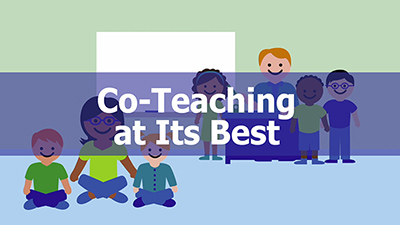- unit and term assessments that check students knowledge are summative
- most assessment can be formative
- not all assessments are formative
- assessment in which the feedback is timely to the students to change their instructional knowledge and skill is formative
- assessment in which the feedback is used to alter the teacher's instruction is formative
- setting the G's in GANAG to the standards - part or whole - allows you to assess the standard
- whether the assessment of the standard is formative depends on if it alters student learning and/or teacher instruction
- two types of formative instruction are possible: task and informal
- a formative assessment that is a task - students demonstrates learning and receives feedback as they task unfolds in one period or several class periods
- a formative assessment that is informal - students receive feedback as they are explaining or talking thru a task or as the teacher is observing their prototype, etc.
A few further thoughts that Jane and I discussed after the phone conference included:
- unless the student justifies the reasons for their own self-scoring score to a standard accuracy and reliability in self-scoring is typically of low value
- using rubrics or setting expectations for self-scoring versus general thumbs up/thumbs down provides the teacher with more detailed formative assessment data that can be acted upon
The only way to know how powerful your formative assessment practices are is to see how impactful they are to your lesson planning, differentiation throughout learning and student achievement over the course of time.
It is a journey for all of us...................another opportunity to learn and grow together. What questions are you pondering about formative assessment? Please let us know as we are studying ways to assist in meeting your needs in this area. Time is probably the biggest factor.
By the way, Jane E is updating her book, One Teacher at a Time and finishing up her using technology to impact instruction book. I hope to have Jane E back at WGSD in the upcoming years. She is always just a call, Skype or e-mail away from anyone of you. She loves to hear from WGSD staff. Kathy
By the way, Jane E is updating her book, One Teacher at a Time and finishing up her using technology to impact instruction book. I hope to have Jane E back at WGSD in the upcoming years. She is always just a call, Skype or e-mail away from anyone of you. She loves to hear from WGSD staff. Kathy
